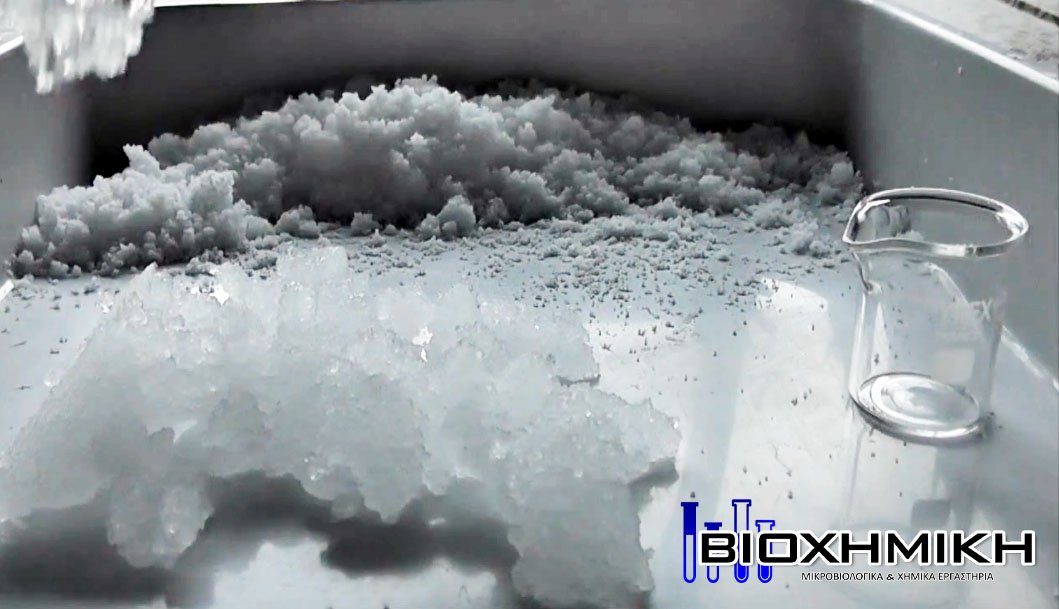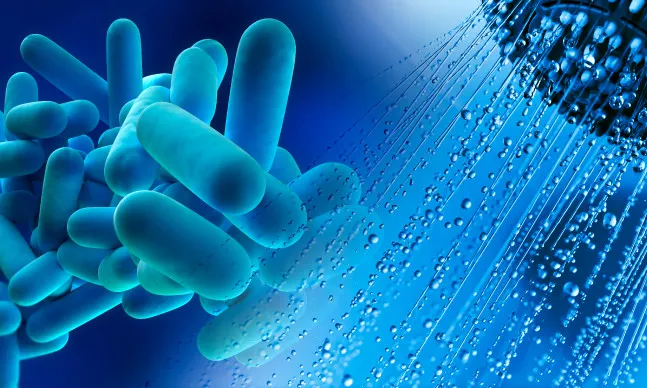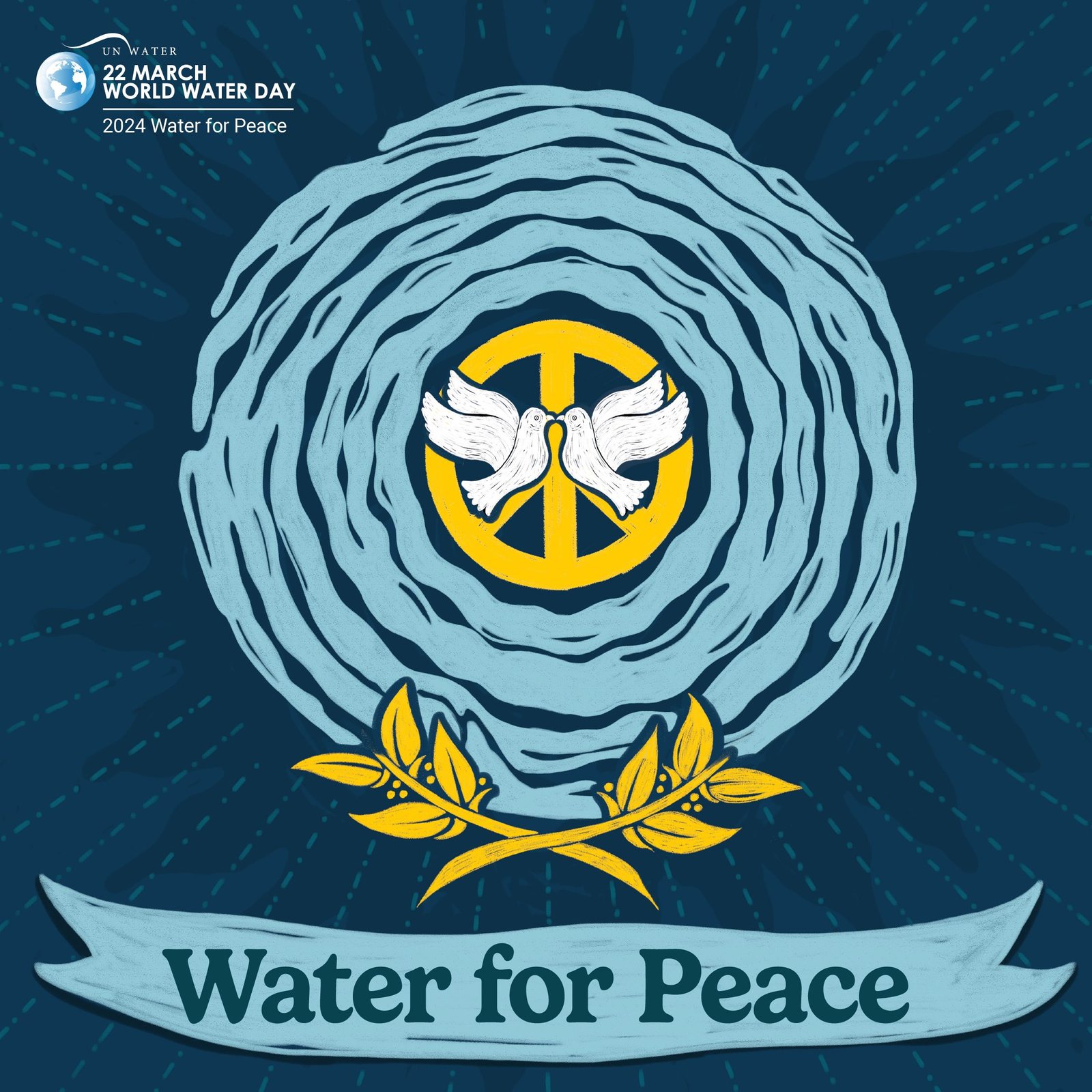A representative characterisation of snow is “frozen distilled water” as the physico-chemical characteristics of snow converge with those of the purity of distilled water. A particular feature of snow is its low conductivity, which indicates that it is ‘stripped’ of its essential nutrients, as shown in the chemical analysis below, components used by the human body for its proper functioning.
During precipitation, snow can acquire a pollutant load depending on the atmosphere of the area, as well as a microbial load, depending on other factors. In any case, however, the consumption of distilled water or snow, a tactic recommended only in cases of emergency and survival, will not work in favour of hydration of the organism. On the contrary, it will weaken it by causing electrolyte imbalances in the human body. Due to the insufficient concentration in the snow of essential elements for our body, the balance will tend to be restored by the transfer of electrolytes from the body’s tissues to the “poor” water to enrich it to its natural levels. Thus, the water redistribution process in the body will not work properly and side effects may occur.
The following chemical analysis of the snow comes from the heavy snowfall of 11 January 2017 in Lamia.
Update: Following the most recent snowfall in the Lamia area on 15 February 2021, a new chemical analysis of snow was carried out. What has changed since the last analysis?
The two analyses gave comparable results. The snow this time also contained very small amounts of ions, similar to distilled water.
Why is this? Simply because the water that ends up falling as rain or snow has come from evaporation, as we learn in the water cycle in nature. When some of this water passes underground, it can be enriched with the nutrients and minerals present there. The groundwater, now enriched, ends up in underground aquifers or finds its way to the surface in the form of springs.
Analysis 2017
Analysis 2021
pH *
7,5
5,5 – 6,0
Conductivity (20 oC), μS/cm
8,4
10,8
Total hardness, mg/L CaCO3 0,7 7,8
Fluoride ions (F-), mg/L Not detected Not detected
Chloride ions (Cl-), mg/L 3,97 0,89
Nitrite ions (NO2-), mg/L 0,01 Not detected
Bromide ions (Br-), mg/L Not detected Not detected
Nitrate ions (NO3-), mg/L 0,48 0,19
Phosphate ions (PO43-), mg/L Not detected Not detected
Sulphate ions (SO42-), mg/L 1,57 1,84
Lithium ions (Li+), mg/L Not detected Not detected
Sodium ions (Na+), mg/L
0,22
0,64
Ammonia ions (NH4+), mg/L 0,17 0,28
Potassium ions (K+), mg/L 3,65 0,26
Magnesium ions (Mg2+), mg/L Not detected 0,94
Calcium ions (Ca2+), mg/L 0,27 1,55
* Accurate measurement of pH is difficult in low-conductivity water due to the low concentration of ions.





